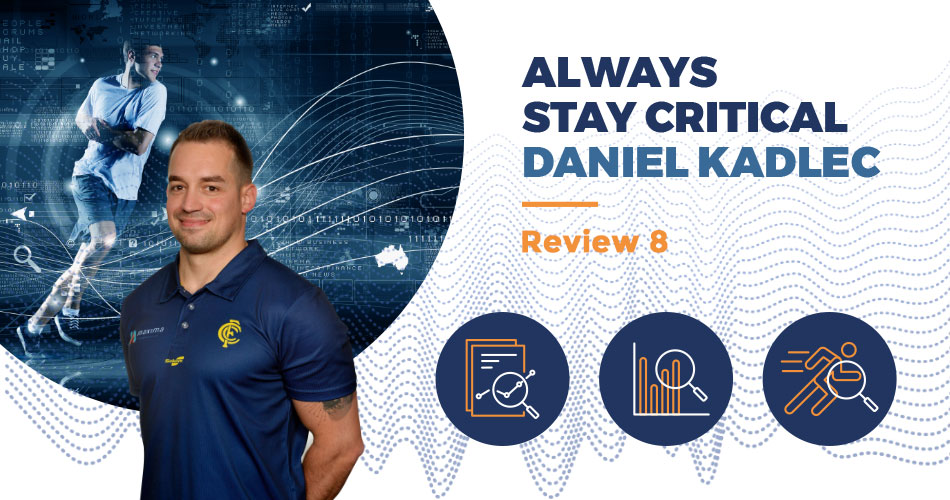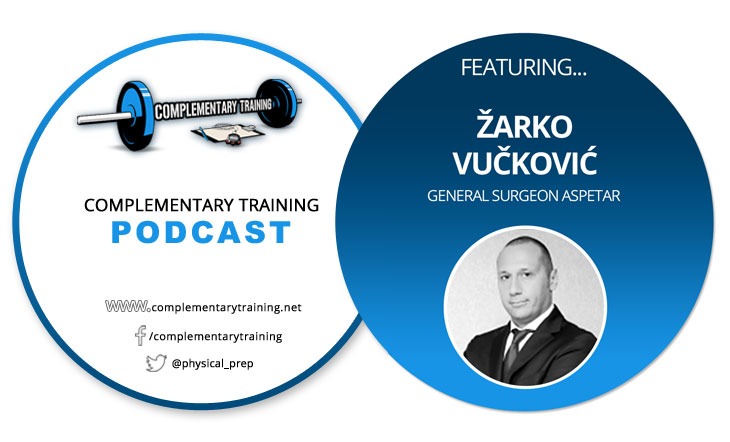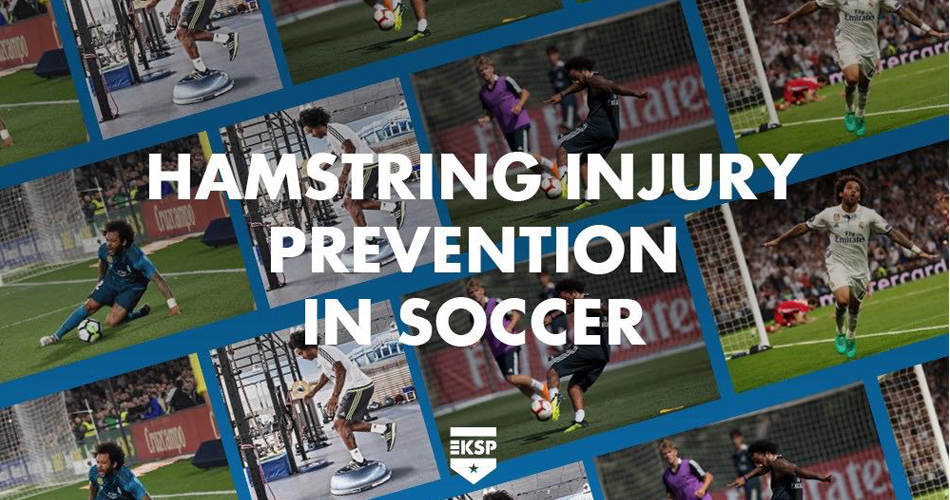The Athlete’s Hip
This article will address football (soccer) players and their hips, the issues we regularly notice in this cohort of athletes, and the methods and exercises we use to treat or prevent these issues. Throughout the article, the term mobility is used, which refers to the ability to express force through a full range of motion (ROM) and across all planes of movement. This includes amplitudes athletes are able to achieve through passive ROM.
At the training center VigorGround, we see many football players in the age range from 15 to 25, with the players coming in due to injury or in order to improve their performance on the pitch. On average, we see close to 100 different players every year, and we have noticed a pattern whereby these athletes have a relatively limited movement capacity (they find it challenging to perform certain warm-up drills and more complex exercises that require them to move in various planes), while young football players also seem to have an increased propensity for lower limb injuries.
In one of its research papers, FIFA found that 70% of all injuries sustained by football players lower limb injuries. The typical injuries that come to mind would probably be knee or perhaps ankle injuries, which is in line with FIFA’s findings, although we can’t overlook the frequency of injury to the hip joint and the muscles and ligaments that support the hip joint. Hip impingement or dysfunction, or lack of mobility in the hip often affects our movement patterns, and consequently also other joints such as the knee and ankle joint. That’s why I have decided to devote a little more attention to this often overlooked joint and the associated groin area.
Injuries to the hip and pelvis are particularly frequent in sports that involve a lot of kicking, sudden accelerations and decelerations, changes of direction, and various jumps (Hip Injuries in Young Athletes). This classification would include football and the cohort of young athletes we have discussed so far in this article. It is difficult to treat hip and groin injuries as separate clinical entities, as they are interconnected, and pain in the groin area is often a consequence of a hip issue (however, it could also be a sports hernia, trapped nerve, muscle strain, or another root cause) or vice versa.
The most common reason for pain in the hip and groin area includes adductor strains (Hip pain in Athletes – When it is not the labrum). This is backed up by FIFA’s research, which found that adductor-related groin injuries are the second most frequent type of muscle injury in football, and the most common hip or groin injury.
Also frequent are injuries to the iliopsoas, particularly in actions when the leg is blocked when attempting to kick a soccer ball.
I have mentioned only some of the most frequent injuries, and I could list many more. It is important to keep in mind that hip or groin pain is often caused by several factors at the same time, that is, there could be several pathologies involved at the same time. Therefore, we should treat every athlete as an individual case, observe their movement on the field, in the gym or during the gait cycle, being cognizant of their injury history, observing their breathing patterns, all this in addition to assessing the specific hip and groin area that is causing pain.
In their article entitled Soccer injury and prevention, concussion and Chronic Groin Pain its authors state that “Some of the known risk factors for chronic groin pain include pelvic instability, adductor muscle imbalance, reduced hip ROM, delayed core stability, and previous groin injury”. Risk factors obviously include direct contact on the pitch and sudden changes of direction.
With that in mind, there are a number of risk factors involved in developing athletic hip pain, and since we can’t influence injury history, we should be looking for ways to influence other significant factors, such as instability, imbalance, and range of motion by programming for our athletes based on a needs analysis. This will ultimately help influence even those unpredictable movements and actions on the pitch that could cause an injury. Since we are not trying to recreate the chaotic environment the match in the gym, our hip mobility protocol is focused on controlled articulations and movement. A complete hip injury prevention or rehabilitation protocol is beyond the scope of this article, but this could serve as one of the elements in the injury prevention protocol.
Our extensive assessment and screening of players have confirmed the research findings on injury mechanisms as we have regularly seen that most athletes who are susceptible to hip and groin injuries have poor trunk stabilization and pelvic ring control. We have also observed limited mobility, particularly in the hip joint, which is why we compared their passive and active ROM, and found that there is a significant difference between the two.
In the article entitled Hip pain in Athletes – When it is not the Labrum, the authors observe “An additional risk factor is adductor weakness. However, the inflexibility of the adductor group does not appear to impact injury rate.” One strategy to limit the risk of injury could be reducing the difference between active and passive ROM. In games, we often see situations where the player has to extend beyond his active ROM when going to block a ball or during a tackle, which would imply benefits of strengthening at various ranges and planes of motion. We know that we are strongest in mid ROM, and the research as well as practical observations imply that we should not neglect ranges of motion beyond this point.
In order to confront the potential injury risk inherent to the athletes we work with, we try to implement active mobility drills and breathing exercises into our training sessions. With breathing exercises such as bear breathing and dead bug variations, we try to influence postural issues and pelvic stability, while the active mobility drills are intended to influence ROM, whereby we try to improve ROM overall, as well as reducing the difference between active and passive ROM. It is very worrying seeing really young athletes, teenagers, with extremely poor mobility. The positive thing is that during this stage of growth we have even more of a chance to improve their mobility, as their joints and joint capsules are particularly tolerant to stressors during the growth spurt. This means that we can improve their mobility quicker while treating each athlete individually. If a player already comes in injured, then we have to individualize our methods.











Responses